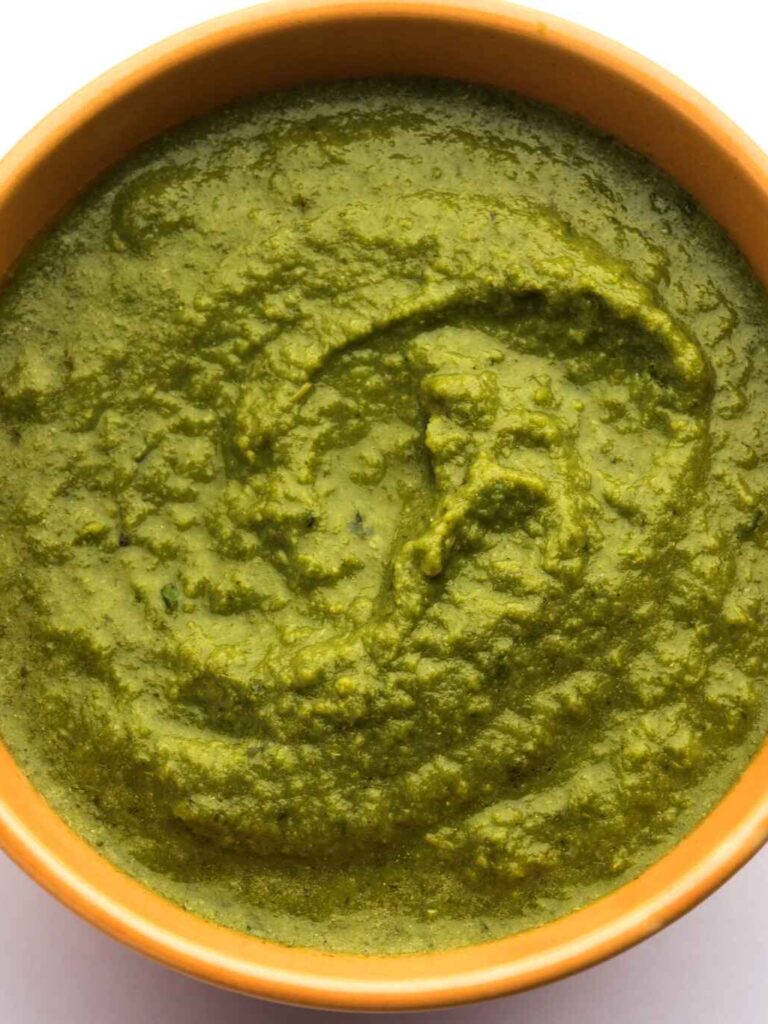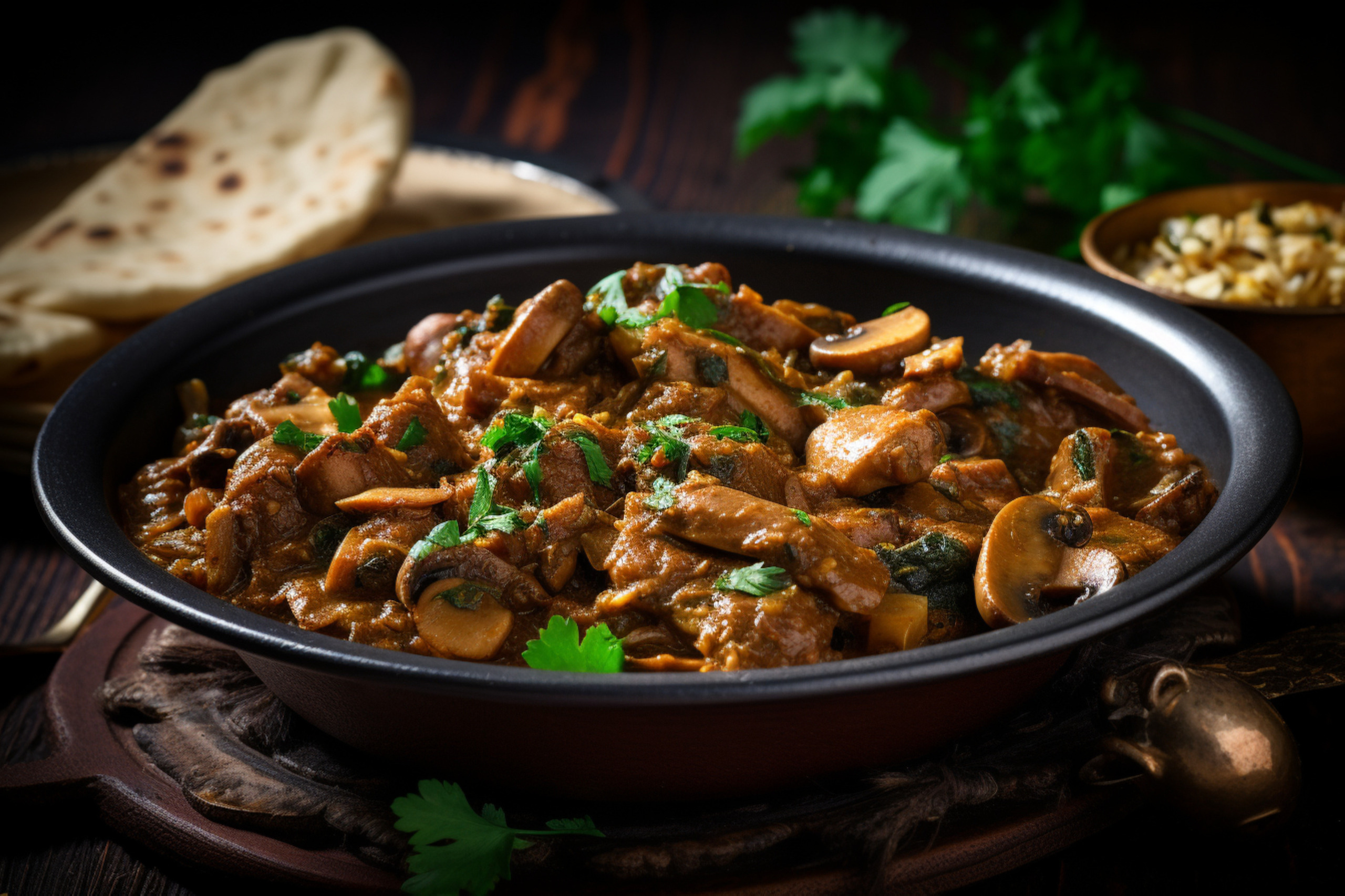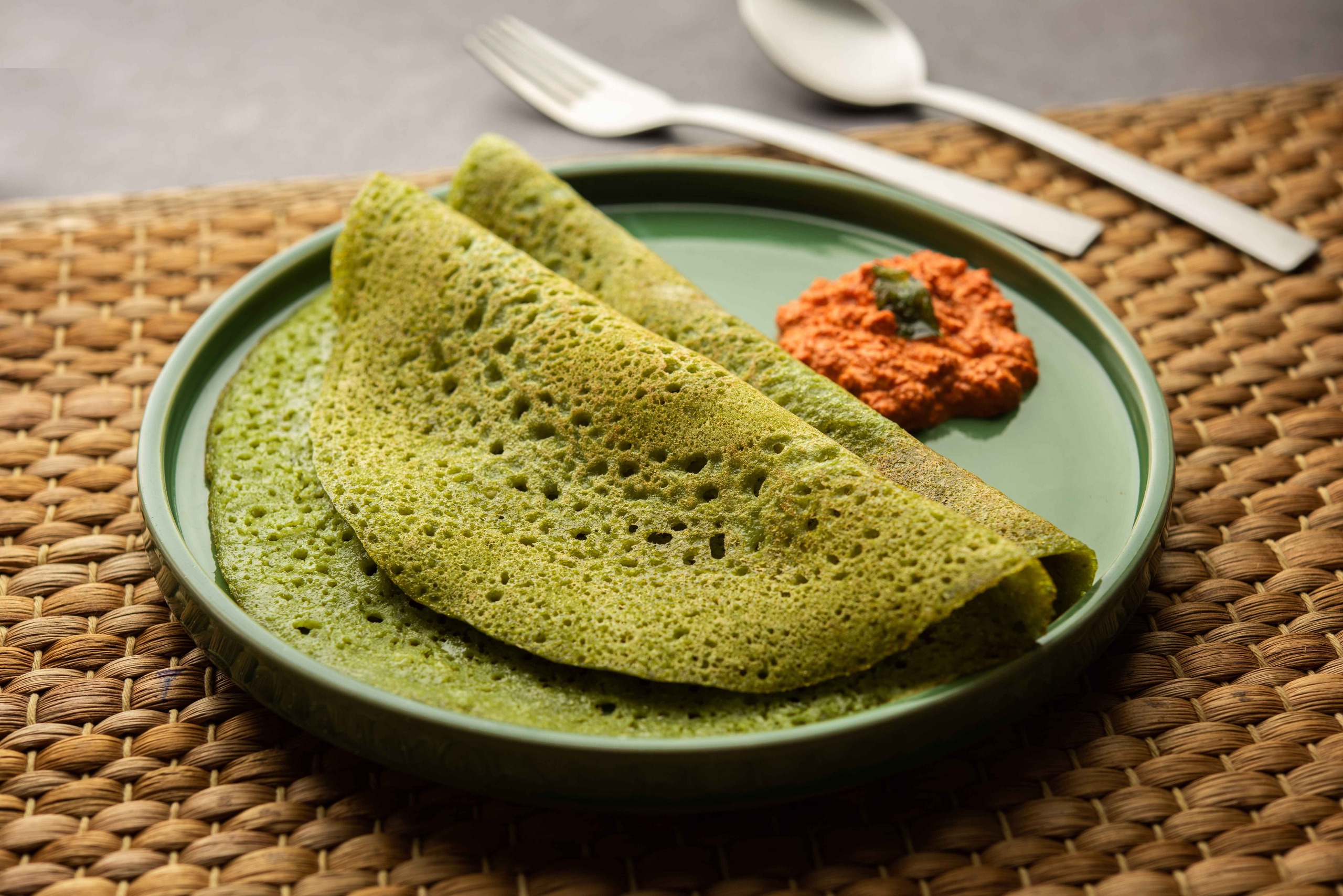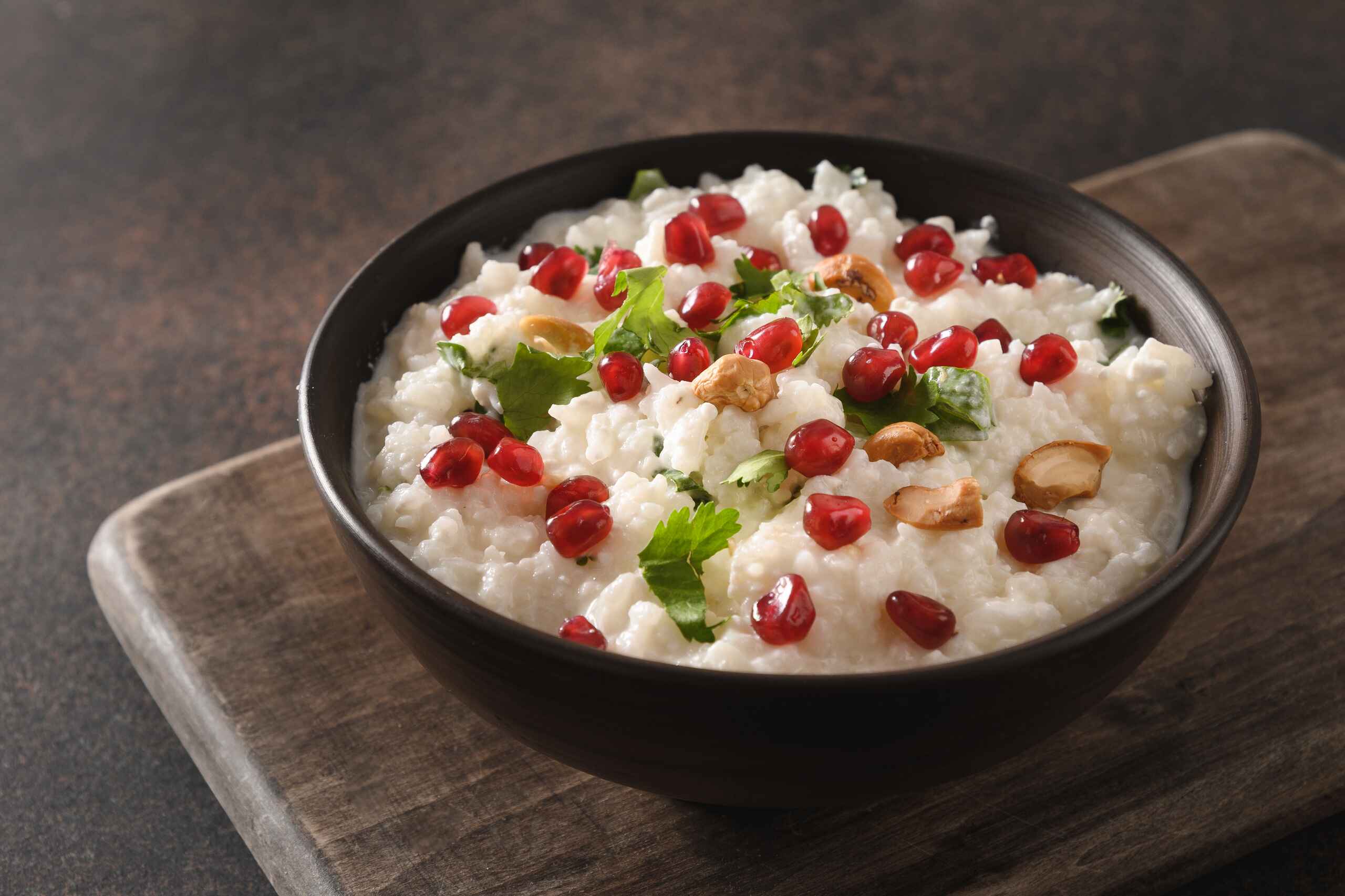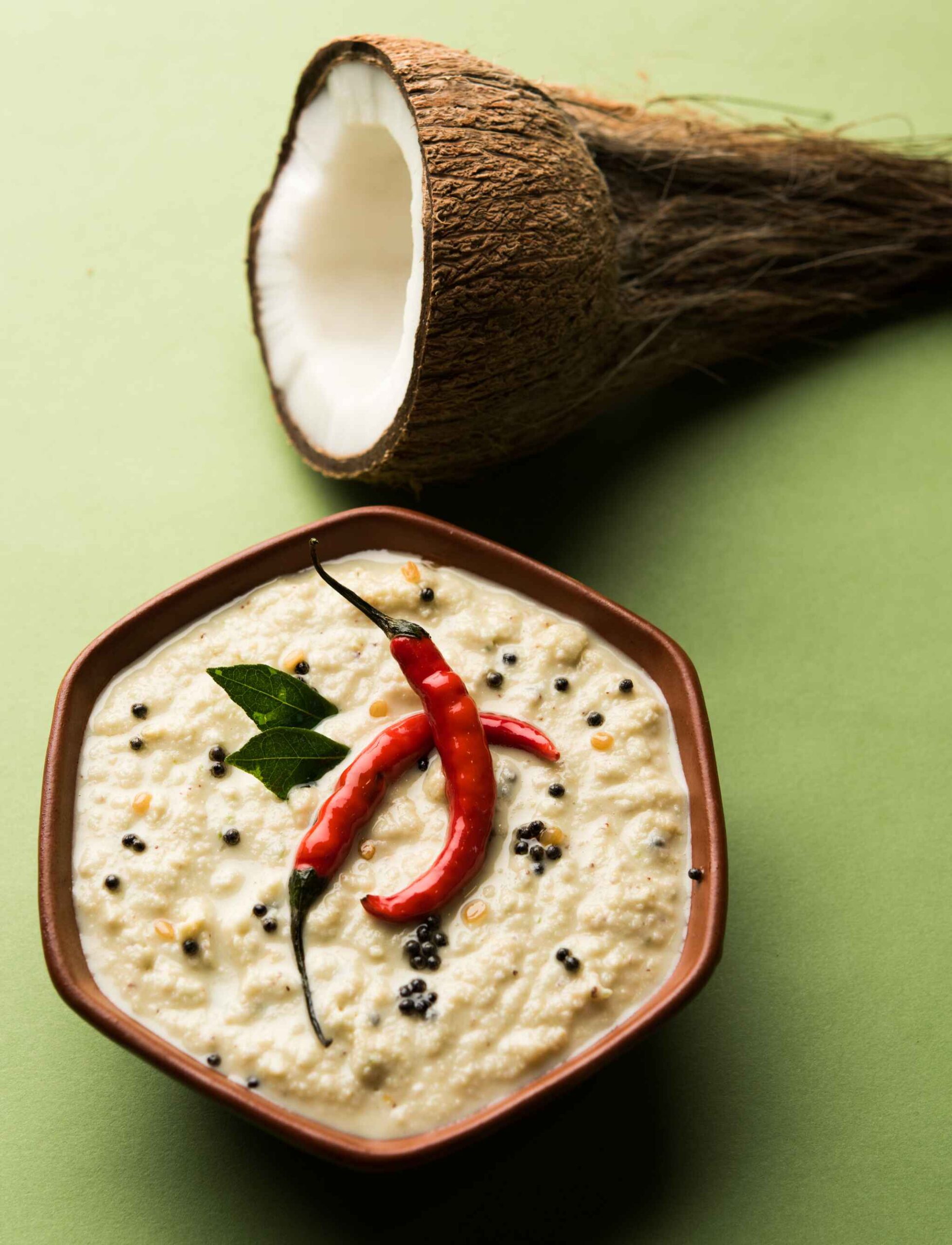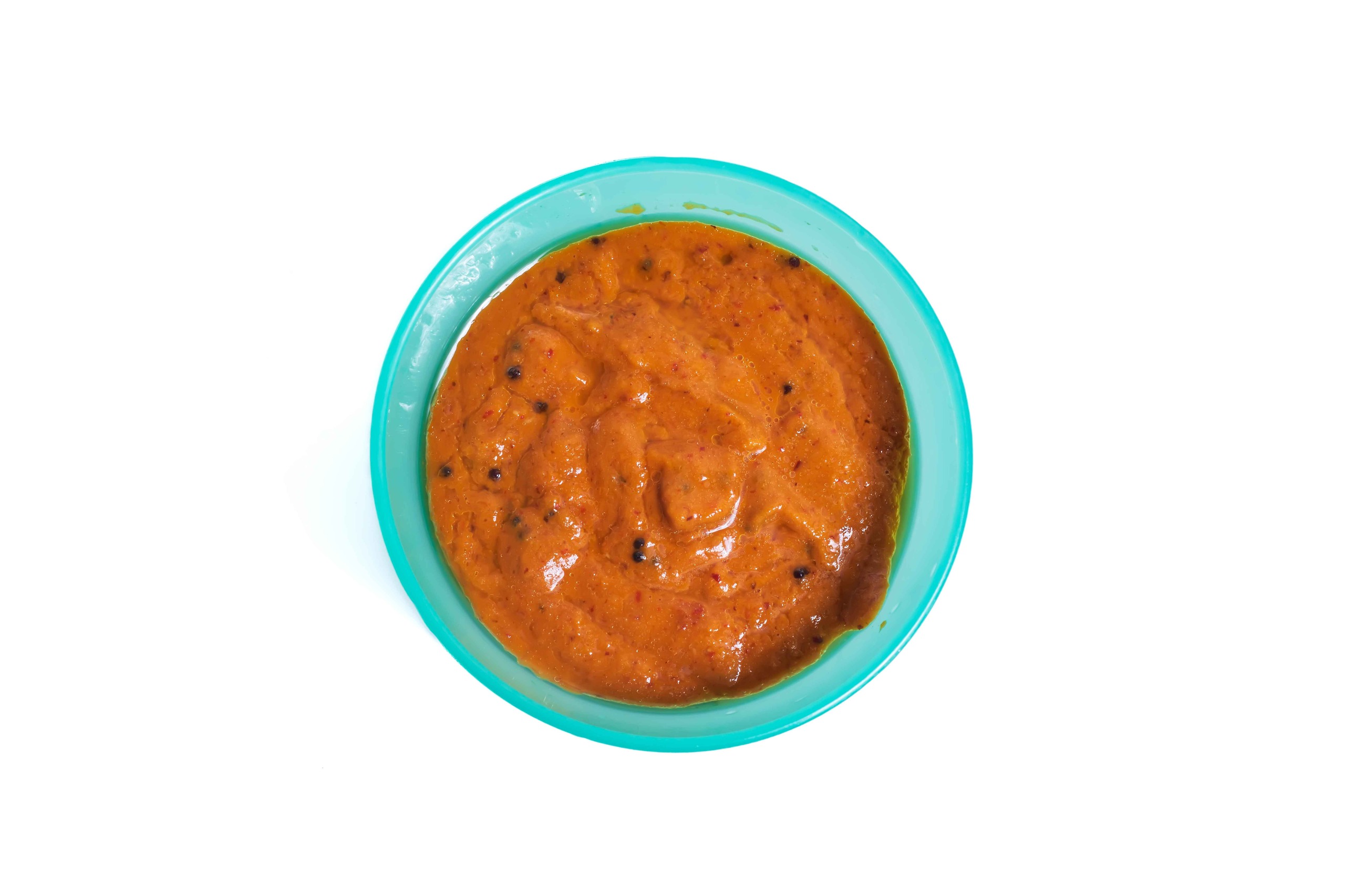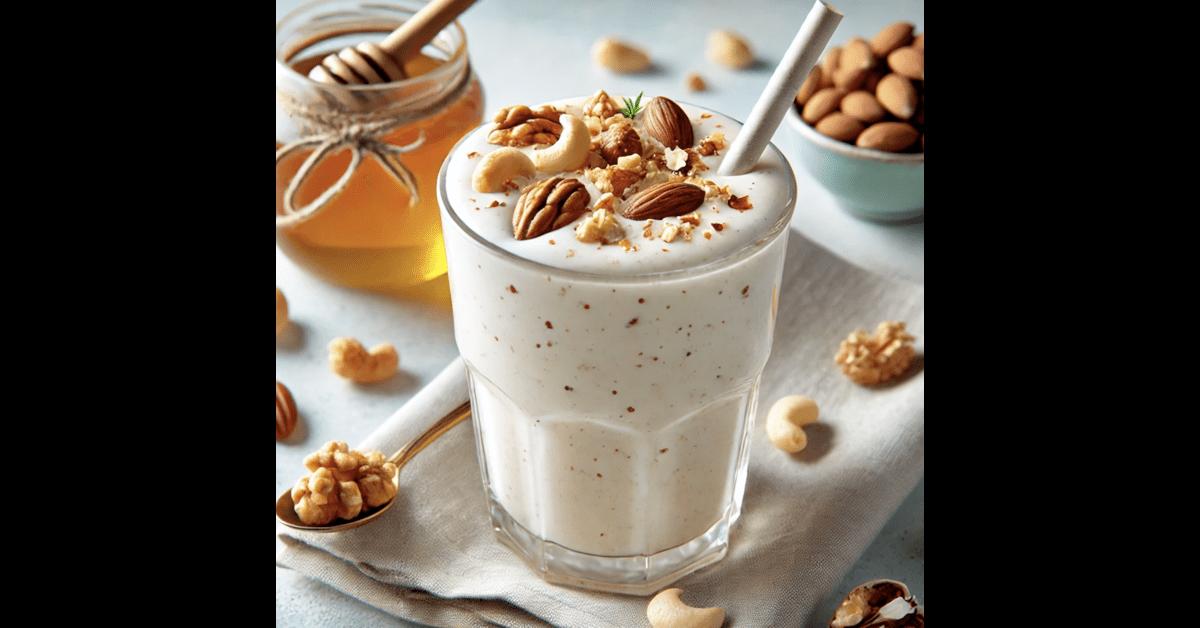Coriander chutney, also known as cilantro chutney, is a vibrant and refreshing condiment that adds fresh flavor to any meal. It’s a staple in Indian cuisine, often enjoyed with snacks like samosas, pakoras, and chaats, or as a side with main dishes. This bright green chutney is easy to make and packed with nutrients, making it a healthy and delicious addition to your meals.
About the Recipe Coriander Chutney
Coriander chutney is made with fresh coriander leaves (cilantro), green chilies, ginger, garlic, and a few other simple ingredients. This chutney is not only delicious but also highly versatile. You can adjust the spice level to your liking and add ingredients like yogurt or coconut for a creamier texture. The combination of fresh herbs and spices creates a chutney that’s bursting with flavor and nutrition. It’s a quick recipe that you can whip up in minutes, perfect for adding a zesty touch to your dishes.
Ingredients and Their Benefits
- Fresh Coriander Leaves (Cilantro): Coriander leaves are rich in vitamins A, C, and K. They have antioxidant properties and help in detoxifying the body. They add a fresh and vibrant flavor to the chutney.
- Fresh Mint Leaves (Optional): Mint leaves aid in digestion, have a cooling effect, and are rich in vitamins and minerals. They add a refreshing taste to the chutney.
- Green Chilies: Green chilies are high in vitamins C and A. They boost metabolism, improve digestion, and add a spicy kick to the chutney.
- Ginger: Ginger aids in digestion, reduces inflammation, and has antibacterial properties. It adds warmth and spice to the chutney.
- Garlic: Garlic has powerful medicinal properties. It can help reduce blood pressure, lower cholesterol levels, and boost the immune system. It adds a pungent and aromatic flavor to the chutney.
- Lemon Juice: Lemon juice is rich in vitamin C, which boosts immunity and improves skin health. It adds a tangy flavor and helps preserve the green color of the chutney.
- Mustard Seeds (For Tempering): Mustard seeds have anti-inflammatory properties and are rich in selenium, which helps reduce inflammation and improve bone health.
- Cumin Seeds (For Tempering): Cumin seeds are a good source of iron and can aid in digestion. They have a warm, earthy flavor that enhances the overall taste of the chutney.
- Asafoetida (Hing) (For Tempering): Asafoetida helps in digestion and has anti-inflammatory properties. It adds a unique and pungent flavor to the chutney.
- Curry Leaves (For Tempering): Curry leaves are rich in antioxidants and have anti-inflammatory properties. They add a unique flavor and aroma to the chutney.
Ingredients Checklist
- 1 cup fresh coriander leaves
- 1/4 cup fresh mint leaves (optional)
- 2-3 green chilies
- 1 small piece of ginger
- 2-3 cloves garlic
- 1 tablespoon lemon juice
- Salt
- Water
- 1 teaspoon oil
- 1/2 teaspoon mustard seeds
- 1/2 teaspoon cumin seeds
- A pinch of asafoetida
- A few curry leaves
How to Make
- Preparation:
- Wash the coriander and mint leaves thoroughly.
- Roughly chop the green chilies, ginger, and garlic.
- Blending:
- In a blender, add the coriander leaves, mint leaves (if using), green chilies, ginger, garlic, lemon juice, and salt.
- Add a little water and blend to a smooth paste. Add more water as needed to achieve the desired consistency.
- Transfer the chutney to a serving bowl.
- Tempering (Optional):
- Heat oil in a small pan over medium heat.
- Add mustard seeds and let them splutter.
- Add cumin seeds and asafoetida, and sauté for a few seconds.
- Add curry leaves and sauté for a few more seconds.
- Pour the tempering over the prepared chutney and mix well.
- Serving:
- Serve the coriander chutney with samosas, pakoras, chaats, or any dish of your choice.
Expert Tips
- Use fresh coriander leaves for the best flavor and vibrant green color.
- Adjust the number of green chilies according to your spice preference.
- Adding mint leaves gives a refreshing taste, but it’s optional.
- For a creamier chutney, you can add a tablespoon of yogurt or a handful of grated coconut before blending.
Storage Instructions
- Store the chutney in an airtight container in the refrigerator.
- It can be kept for up to 3-4 days.
- Fresh chutney tastes best, so try to consume it within a few days of making it.
Frequently Asked Questions
Q: Can I use the stems of coriander leaves?
A: Yes, you can use the tender stems of coriander leaves. They add extra flavor and nutrients.
Q: How can I make the chutney less spicy?
A: Use fewer green chilies or remove the seeds from the chilies to reduce the spiciness.
Q: Can I freeze coriander chutney?
A: Yes, you can freeze coriander chutney in small portions. Thaw it before use and mix well.
Q: What dishes can I serve with coriander chutney?
A: Coriander chutney goes well with Indian snacks like samosas, pakoras, chaats, and even as a spread for sandwiches and wraps.

